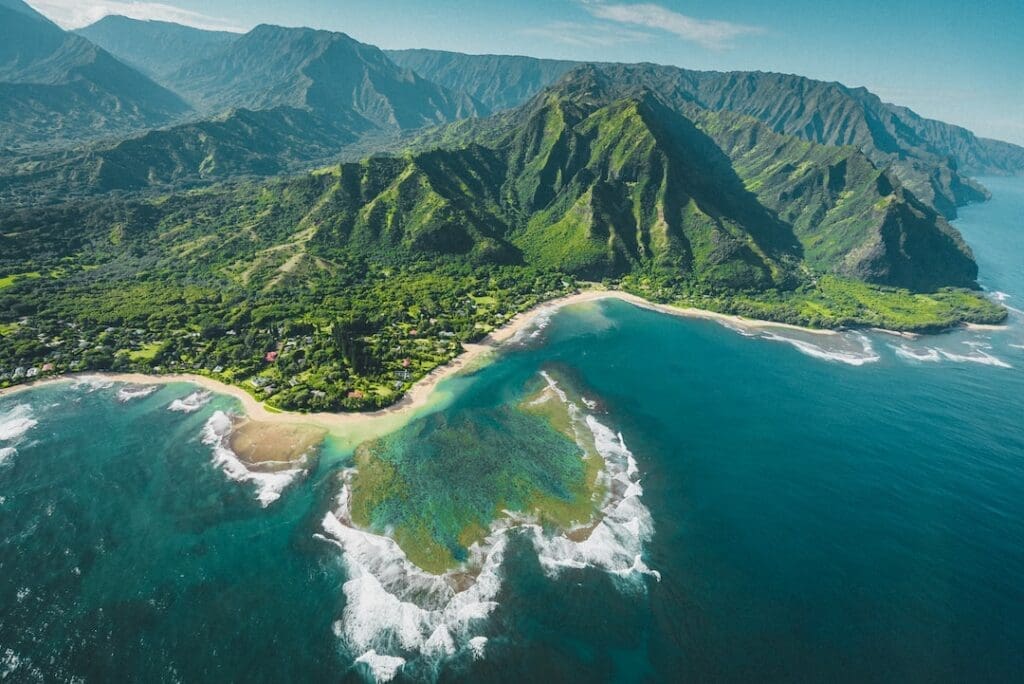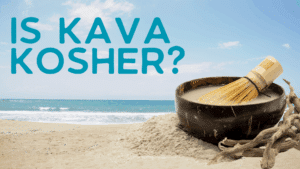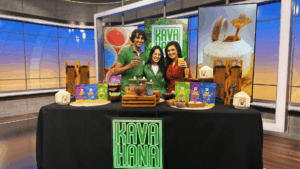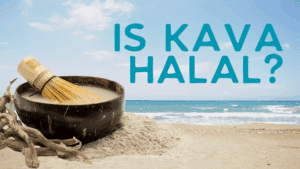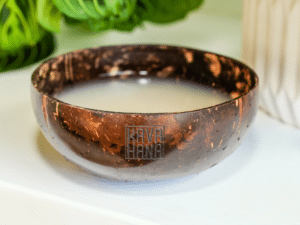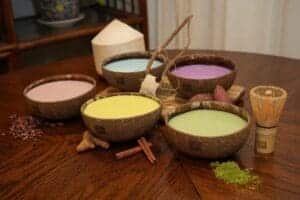Exciting news came out of the state of Hawai’i last week. They declared traditional kava, that in the form of a tea, as an official food.
This is huge for the kava world!
For decades, kava has been misunderstood. The relaxing, clarifying, socializing feelings you get are confused for getting people “high”. Fear around the numbness one feels in the mouth and on their tongue when they start using it. And the biggest one is the myth that kava causes liver toxicity.
Making it an official food is a huge step forward in helping to get kava back on the map, not only as being a safe drink to enjoy with friends, but also as natural health product with medicinal benefits.
The Hawai’ian word for kava is ‘awa. It’s been used in the pacific island for over 3000 years for community and traditional ceremonies and for its medicinal properties.
This classification is only for traditional kava, not extracts or supplements. The traditional preparation of kava involves drying the root of the pepper plant, piper methysticum, grinding it down into a fine powder. Then, the powder is placed into a strainer bag and steeped in warm water for 3-5 minutes before being massaged until the water becomes a muddy brown. Then it’s poured into a coconut shell and drank, usually with friends and community.
What the GRAS classification means
For a food to be classified as generally recognized as safe (GRAS), the Hawai’i Department of Health did an in-depth review of the classic preparations, contexts, and uses of kava, as well as historical documents and articles showing its widespread consumption since 1958.
This review included deep research into the background of the claims that kava causes liver damage. The reports by the World Health Organization (WHO) in 2007 and the joint report done in 2016 by the Food and Agriculture Organization of the United Nations and the WHO proved these were unfounded accusations.
The research studies involved with these claims had several issues:
- They were using kava extracts and supplements with added ingredients not found in traditional kava.
- Some had participants who were also on medications while taking kava, introducing interaction effects.
- The research design was poor and often poorly conducted.
The report also included a literature review based on numerous scientific studies given to the Department of Health examining different forms of kava. This review determined that Nobel kava root made with water or coconut water fits into the federal regulations of a GRAS food, making kava and official food.
The safety conclusion
The conclusion of Hawai’i’s report was that traditional kava has a low-level health risk and that the long, well-documented history of ‘awa consumption throughout the South Pacific provides further evidence of its safety. As we have worked to share all the benefits of kava and educate people about its safety, this classification will only help that.
Making kava an official food is just another way to emphasize kava’s cultural importance and acknowledge it’s potential role as a medicinal plant in future research. It’s a very exciting time for kava lovers and the kava world as a whole.
If you’re interested to read more, check out the full report here
* Please note that the majority of kava research pertains to kava extracts, which often undergo significant processing and may contain additional ingredients and fillers that can influence their efficacy. It is crucial to consider this distinction when reading about kava studies. To draw an analogy, enjoying natural kava as a beverage can be likened to experiencing a freshly brewed cappuccino, whereas kava extracts are akin in functionality to a caffeine pill. Both forms have their unique benefits and can cater to different preferences and needs. While it’s helpful to understand research on kava extracts, please view it critically and remember that natural kava offers a uniquely holistic experience.

